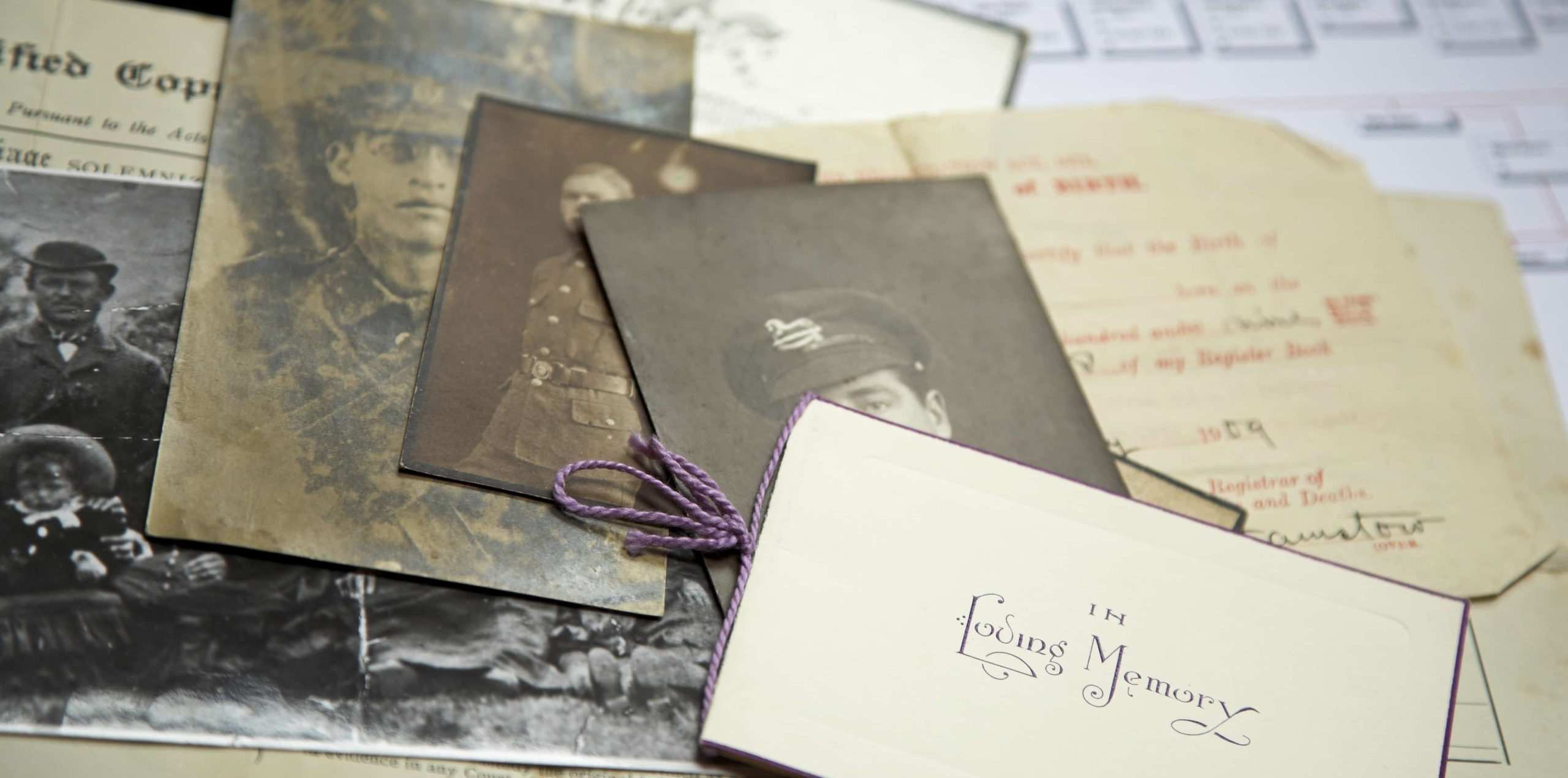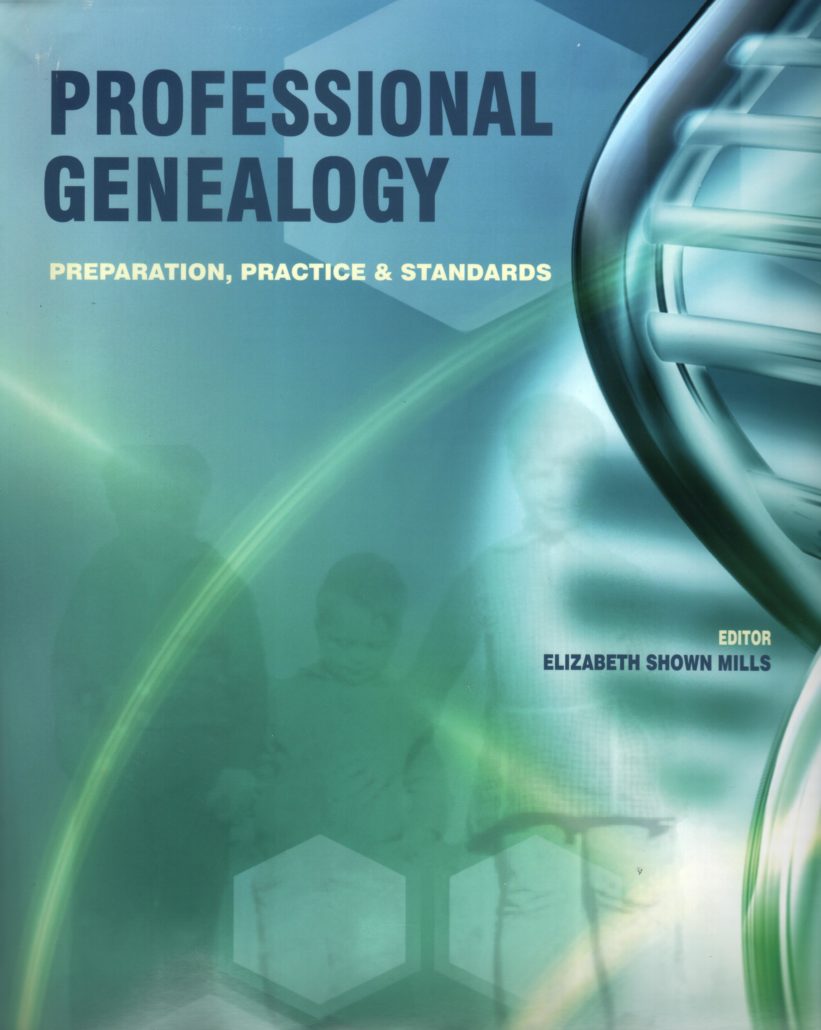
Assessing Genealogical Sources—Part 2
By Thomas W. Jones, Ph.D., CG, CGL, FASG
From time to time we have excerpted portions of the extraordinary book, Professional Genealogy: Preparation, Practice & Standards. Edited by Elizabeth Shown Mills, one of America’s most respected genealogy authorities, and written by eighteen leading experts on the substance of genealogical research, Progen PPS is a priceless collection of methodological guidance not just for professional genealogists but for anyone who takes research seriously. Today we continue with the excerpt, ““Assessing Genealogical Sources,” by Thomas W. Jones, Ph.D., the first part of which appeared in the February 1st, 2022 issue of Genealogy Pointers. Both parts of “Assessing Genealogical Sources” are taken from from Chapter 12, “Reasoning from Evidence,” in Progen PPS.
“Genealogists also assess details of each source’s physical characteristics, context, and creator. Like source categories, details have implications for the reliability of evidence formed from a source’s information items.
“A physical assessment will address the source’s structural integrity and legibility, spotlighting issues that might lead to misinterpreted evidence or wrong conclusions. Charring, fading ink or ink bleed-through on a page, deterioration of paper, plant or animal damage, and water stains may remove or obscure information—making a source harder to read or understand. Cross-outs, erasures, overwriting, and smears all suggest an inattentive record-keeper. Emendations and erasures indicate carelessness or imply fraud. For example, in a family Bible record an alteration that changes someone’s age or extends the period between a wedding and a first-child’s birth is suspect.
“A context assessment considers the source’s history, which may bear on the validity of evidence formed from the source’s information. This assessment addresses the source’s purpose, provenance, storage, and protections from alteration. If the source was open to public challenge and official correction, its information’s evidence will be more reliable than evidence arising from sources that only an author or recorder reviewed. Sources created for personal gain or social prestige are vulnerable to exaggeration or falsehood, diminishing the value of ensuing evidence. Understanding a source’s purpose, governing laws, and regulations will help us glean evidence from its information.
“Source creators also affect the value of evidence their information provides. Corporate, governmental, and religious entities with impartial and trained interviewers, observers, and recorders do ordinarily produce more- accurate sources than private or untrained individuals.
“Tests of sources and information items will give us indications of accuracy but do not determine it. The value of these tests lies in their implications for our decisions and actions. Assessments will help us understand whether research is complete or incomplete. When it is incomplete, the assessments often show the course of action needed. If we have relied upon a derivative, for example, identification of that record as a derivative should prod us to seek the original.
“Source and information assessments also help us resolve conflicts in information or evidence. Sources and information with attributes of accuracy are likely correct. Incompatible evidence from sources and information that show few attributes of accuracy might be discarded.
“As researchers, we need to perform assessments carefully, routinely, and often mentally. The process begins when we consider what to include in a research plan. It is most intense while examining sources. It may continue through the stages of evidence assembly and hypothesis testing. Source and information assessment typically does not end until a proof statement, summary, or argument is in its final form.”
Excerpted from Thomas W. Jones, “Reasoning from Evidence,” Elizabeth Shown Mills, ed., Professional Genealogy: Preparation, Practice & Standards. (Baltimore: Genealogical Publishing Co., 2018), 265–92.
Recent Blog Posts




